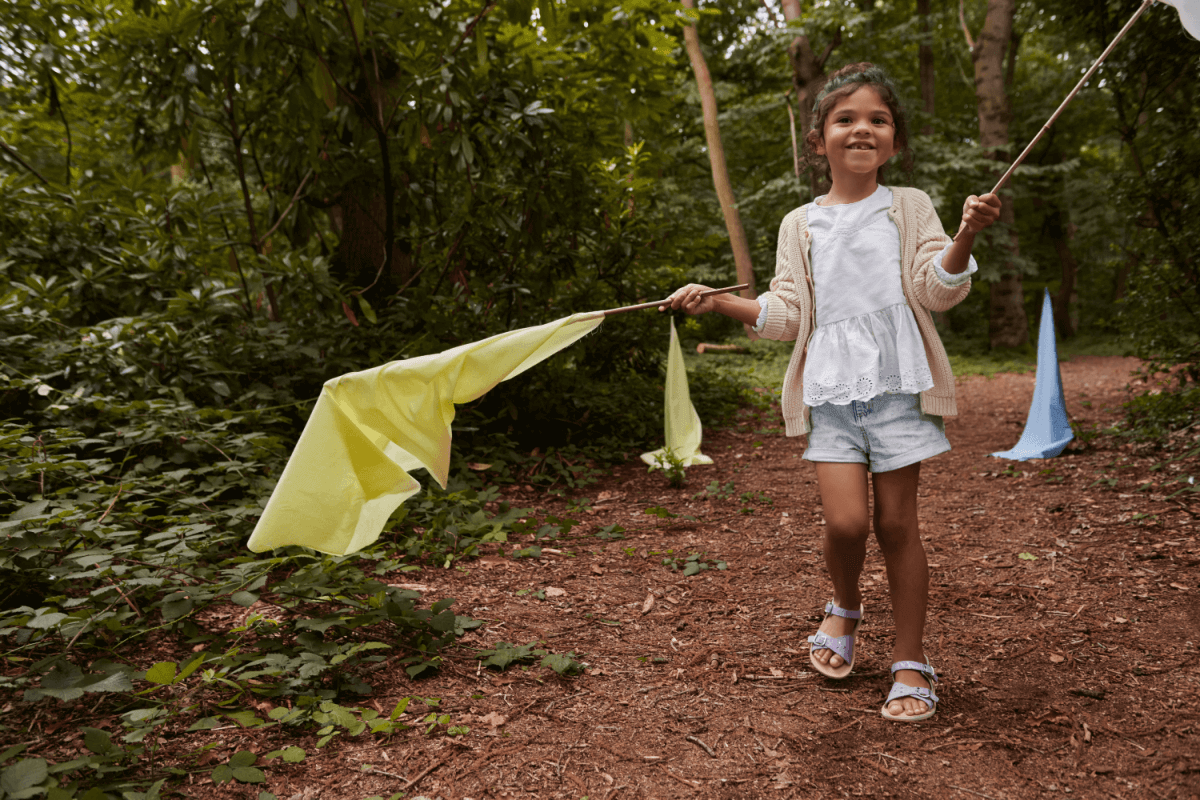
Sandals can get dirty over time, especially if they’re worn often. However, with a few simple steps, you can easily clean your child’s sandals and keep them looking like new.
When it comes to cleaning sandals, there are a variety of methods that can be used depending on the material of the sandals. Some can be cleaned with leather cleaners or soap and water, others may even be able to be popped in the washing machine.
The key to cleaning sandals effectively is to understand the material they are made of and to use the appropriate cleaning method for that material. By doing so, you should be able to keep your kid’s sandals looking clean and fresh all season long.
One of the best ways to clean leather sandals is by hand, with a cloth and little cleaner.
But first, make sure you remove any dirt, dust or debris from your sandals with a soft brush or a dry, lint-free cloth. Next, mix a small amount of mild soap or leather cleaner with some water. We’d advise against using harsh chemicals or abrasive cleaners which could damage the leather.
Take a clean cloth and dip into the soapy water. Make sure to wring it out well – you want it damp, not saturated. Using the damp cloth, gentle rub the leather, working in small sections at a time.
Rinse the cloth with clean water and use it to wipe away any soap residue from the sandals. Allow the sandals to dry completely, away from direct sunlight or heat sources, such as radiators and fires.
Once the sandals are dry you can apply a leather conditioner. This can help to keep the leather soft and supple.
If you have patent leather sandals you can try a patent restorer to disguise any damaged areas and restore shine.
Once you have the material looking like new, it’s time to focus on the fastenings. Buckles probably just need a wipe down to remove any dirt or dust. If the rip-tape is full of fluff or dirt, try using a soft-bristled brush or a toothbrush to gently scrub the rip-tape in a back-and-forth motion. Alternatively, you can use a pair of tweezers to carefully pull out any debris that’s stuck in the hooks and loops of the rip-tape. If these tricks don’t quite do the job, we’ve got an entire blog with more advice dedicated to cleaning hook and loop fastenings!
Footbeds are the part of the sandal that your foot rests on. They can be made from many materials such as leather, cork, rubber and foam for example. Footbeds are designed to provide cushioning and support to feet.
As with the uppers, you can clean sandal footbeds with a soft brush or cloth with mild soap and water.
Gently scrub the footbeds, being careful not to damage them. Rinse the footbeds with clean water and allow them to dry. Use a clean damp cloth to do this; don’t rinse them by submerging in water or running under the tap.
If the footbeds are particularly dirty, you could try using a mixture of water and vinegar or bicarbonate of soda to clean them. Simply mix equal parts together to make a paste. Apply the paste to the footbeds and let it sit for a few minutes before wiping with clean water allowing them to air dry – always test a small inconspicuous area first. (This method can also help with any odours that may be trapped in the footbed).
If the grooves of the soles get caked in mud, sand or a combination of both, grab a soft brush, or toothbrush, and gently scrub to remove. If needed you can dampen the brush to help dislodge the dirt. Unless made of plastic or rubber, we’d never recommend running them under the tap to clean.
Ultimately it depends on the material of the sandals and what the manufacturer recommends. Some sandals, if made from synthetic materials, such as rubber or plastic, can generally be washed in the washing machine without any damage – but check before you pop them in.
However, if the sandals are made of leather, we don’t recommend putting them in the washing machine. This would damage the leather and weaken the structure of the sandals. Instead, it’s much better to clean leather sandals with a damp cloth and leather cleaner or conditioner.
Air drying is recommended over tumble drying to avoid damage and deformation of sandals – just don’t try and force dry them. This could lead to damage and weakening of the leather, materials and component parts.
Author: Amanda, published 14-06-2023.